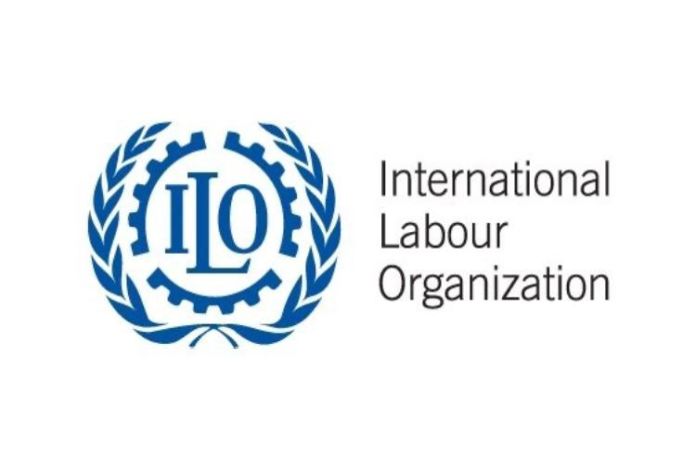By International Labour Organization
GENEVA, Switzerland – Pay transparency measures can help expose pay differences between men and women and identify the underlying causes, according to a new paper by the International Labour Organization (ILO).
On average, women, are paid about 20 percent less than men, globally. While individual characteristics such as education, working time, occupational segregation, skills and experience, explain part of the gender pay gap, a large part is due to discrimination based on gender.
In addition, women have been among the worst affected by the COVID-19 pandemic, including in terms of their income security, disproportionate representation in some hardest-hit sectors, and the unequal and gendered division of family responsibilities. These factors negatively affected women’s employment, threatening to reverse decades of progress made towards gender equality.
The new ILO study, Pay transparency legislation: Implications for employers’ and workers’ organizations, finds that pay transparency measures can help to address the gender pay gap and reduce broader gender inequalities in the labour market. Pay transparency may provide workers with the information and evidence they require to negotiate pay rates and provide them with the means to challenge potential pay discrimination. For employers pay transparency can help to identify and address pay discrimination that might otherwise negatively affect the functioning of the enterprise and their reputation.

“These are still early days for pay transparency. We see countries pursuing different approaches to advance it, which shows that there is no ‘one-size fits all’ solution,” said Manuela Tomei, Director of the ILO Conditions of Work and Equality Department. “While more time is needed to assess the effectiveness of the different measures and practices, it is encouraging that governments, workers’ and employers’ organizations seek to devise innovative solutions, such as pay transparency, to tackle a stubborn problem.”
The study offers a detailed mapping of existing equal pay legislation in countries worldwide and discusses arguments for and against pay transparency legislation. The paper also pays attention to the role of employers’ and workers’ organizations and presents the findings of an online survey of social partner organizations that assesses their understanding of how pay transparency measures are implemented and seeks their views on how to improve their application.
While countries are using a variety of approaches – such as periodic pay disclosure, pay audits, and giving workers the right to access pay data – a proactive approach by governments to engage with employers’ and workers’ organizations during negotiations for and the design of pay transparency legislations is important. The paper finds that active social partnership is crucial in delivering the results intended by legislation and – most critically – to eliminate pay discrimination in the world of work.





